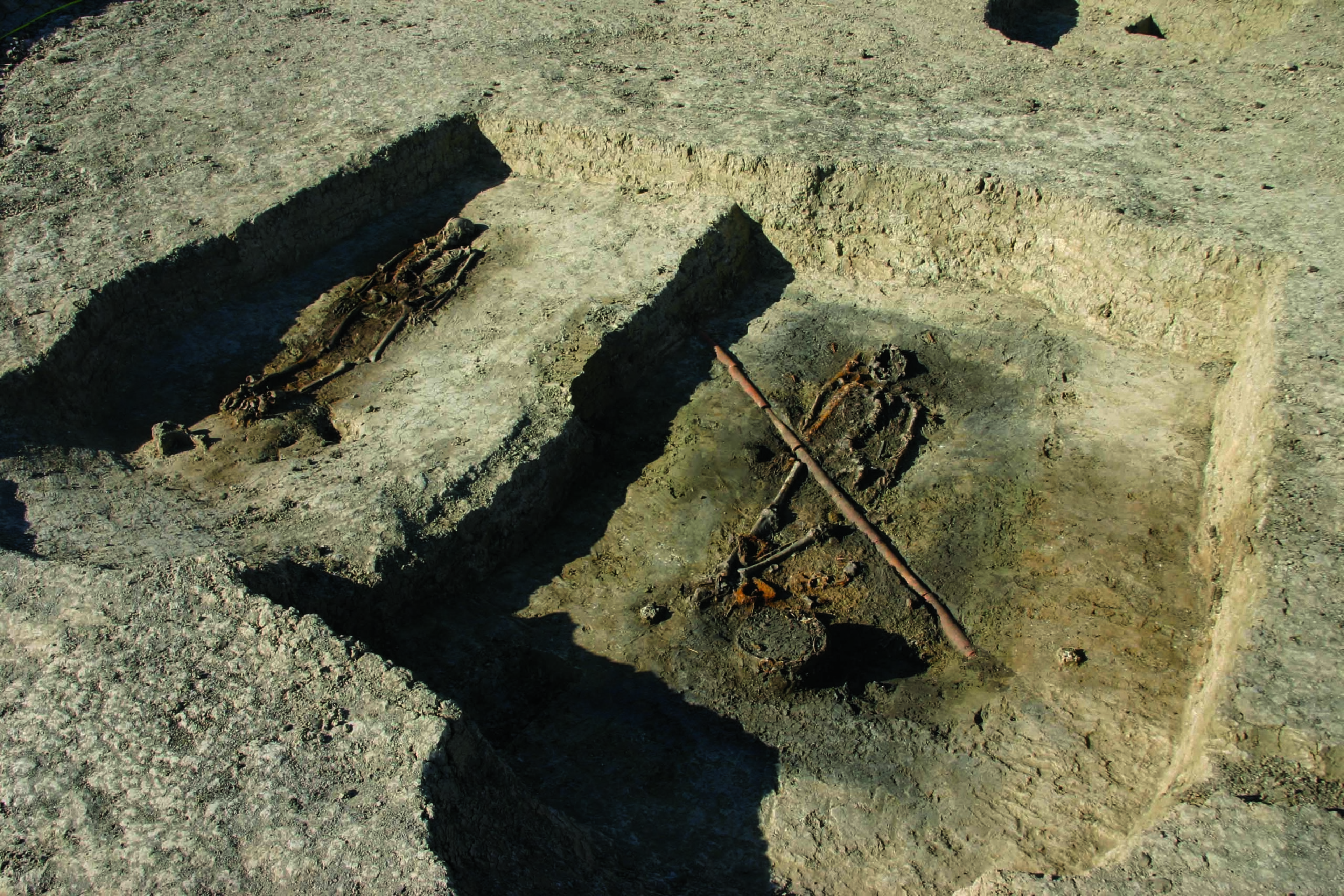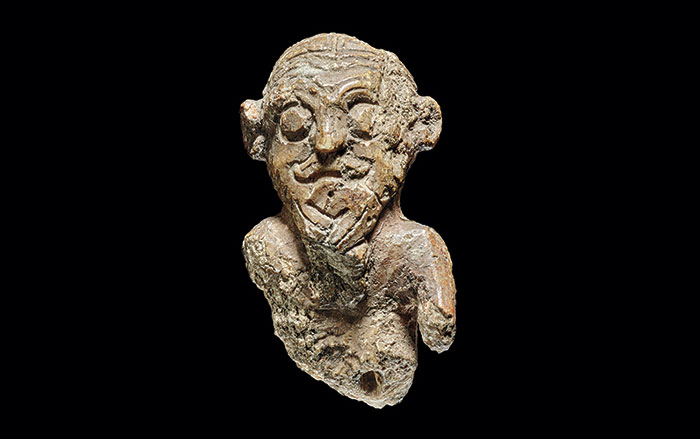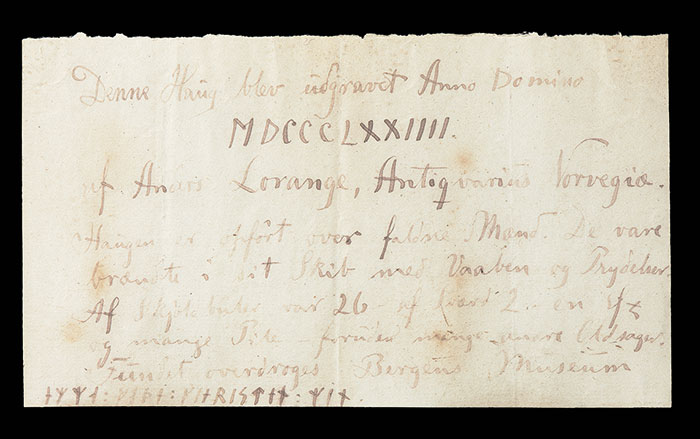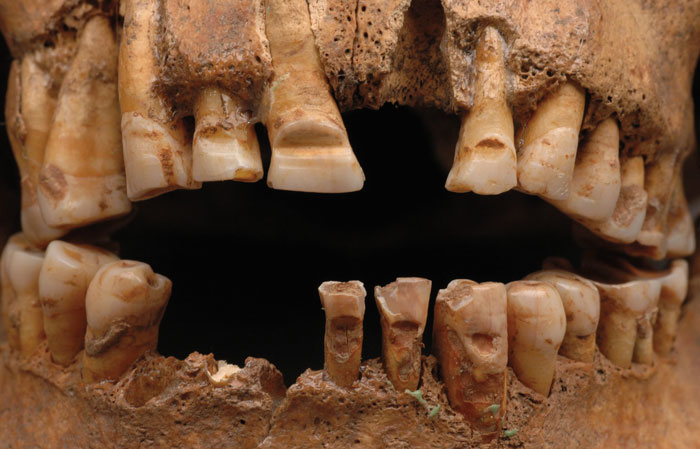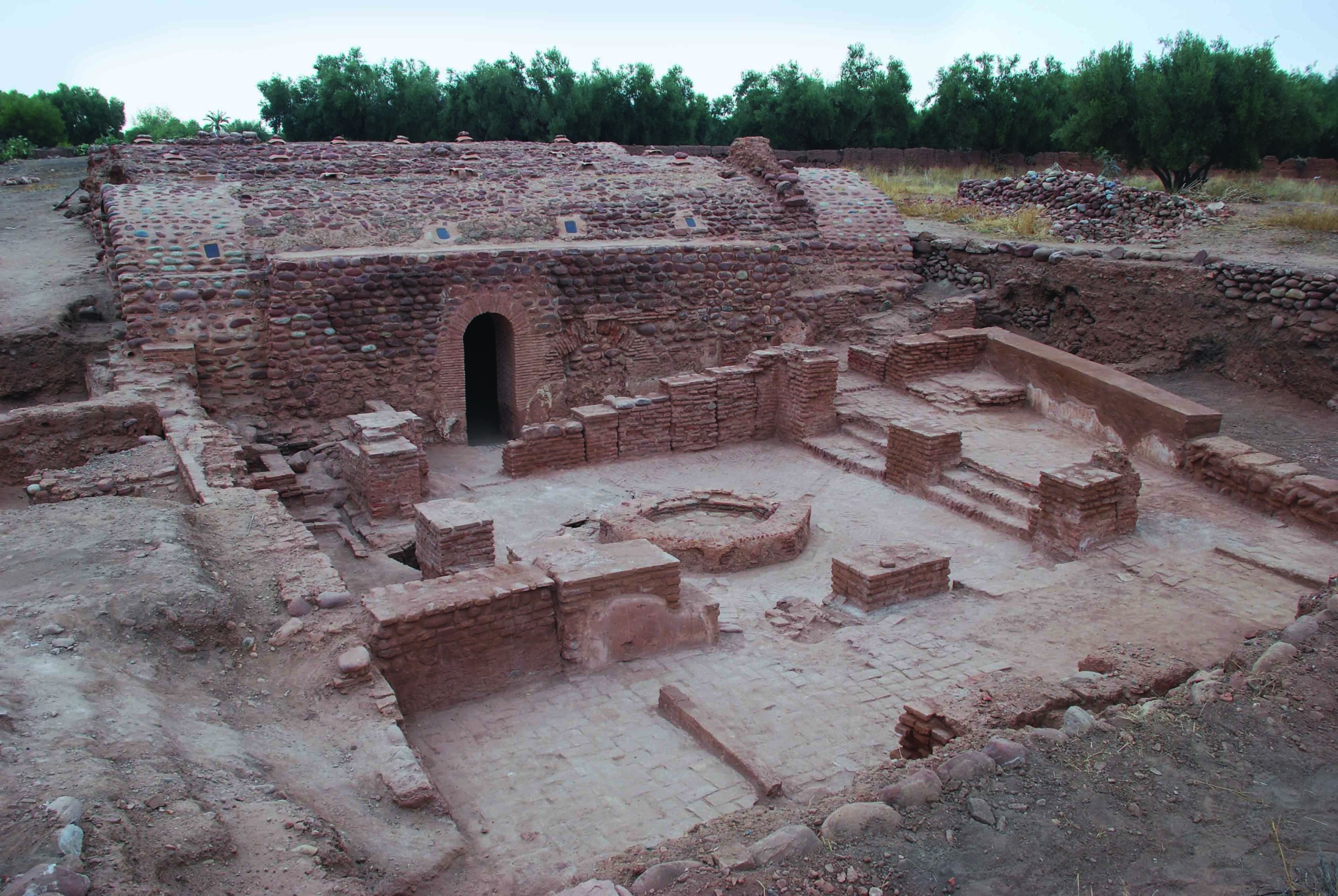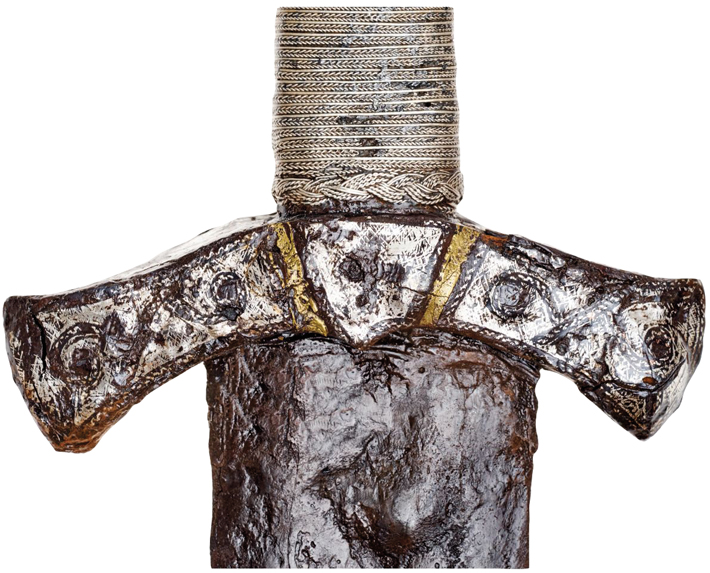
The discovery of the burials of four medieval knights near the Polish village of Cieple has highlighted the region’s connections to Scandinavia during the reign of the first Polish kings. The warriors were found lying in richly adorned chamber tombs dating to the early eleventh century A.D., the time of Bolesław I the Brave. They had been buried with a variety of weapons, including swords, spears, and daggers, as well as full sets of equestrian equipment, such as spurs, stirrups, bits, and buckles. Isotope and DNA analysis demonstrated, though, that these individuals were not locals, but instead likely immigrated from an area around Denmark. The four warrior tombs were found at the center of a necropolis that contained at least 60 other individuals, of both local and Scandinavian ancestry.

The men were likely members of an elite group of riders that ruled part of eastern Pomerania—present-day northern Poland—perhaps on behalf of the Polish kings, according to archaeologist Sławomir Wadyl of the Archaeological Museum in Gdansk. “Unfortunately, we do not know the story behind these men yet, nor how they came to settle south of the Baltic Sea,” says Wadyl. “We also don’t know exactly how they achieved their success, but we guess it was originally connected to their military service.”


